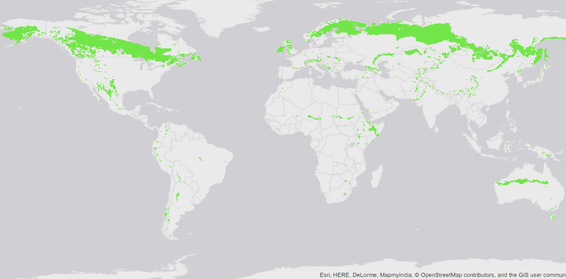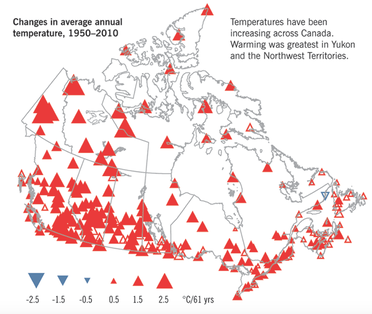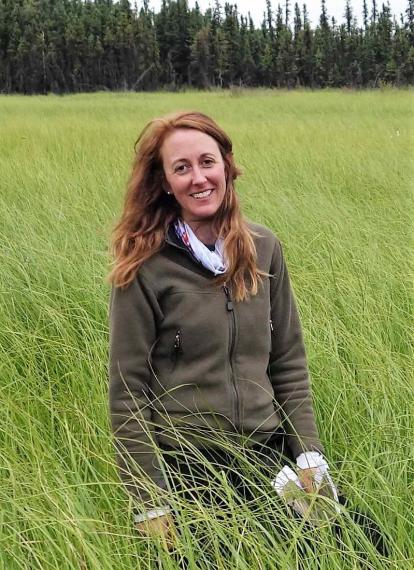LANDSCAPE OVERVIEW
|
Climate change is impacting NW Canada faster than any other place around the world, with rapid warming leading to both biophysical and social impacts. Due to the high costs of store-bought food, the food system in the Northwest Territories is reliant on country foods (locally gathered food). However, harvesters are finding it increasingly difficult to traverse landscapes or water corridors to access food. Warmer conditions increased nutrient availability, and longer growing seasons have the potential to increase local food production, which might help to offset high food prices and decrease the safety risks experienced by harvesters. In the future, farmers may be able to cultivate areas that were not suitable for farming under previous climate and soil drainage conditions. This potential may be further accentuated by technological innovation such as fast-maturing commodity crops that can increase productivity in new arable lands. However, these opportunities likely come at the cost of trade-offs with other ecosystem services. In particular, land use changes that result in an increase in provisioning ecosystem services may lead to a loss of biodiversity, increased carbon emissions from newly ploughed land, and a reduction in cultural values ecosystem services.
|
CHALLENGES FACING AGRICULTURE AND CARBON TRADE-OFFS IN NORTHWESTERN CANADA
|
|
|
RESEARCH OBJECTIVES
EXPECTED OUTCOMES
|
RESEARCH PLAN
Our research plan centers on iterative data collection and an interdisciplinary modelling approach to fill key knowledge gaps, combined with workshops to take existing and new data and model ecosystem services’ relationships including likely trade-offs.
- Enhance soil database in relation to ES
- Identify, monitor, and model ES related to agriculture in the Northwestern region under a range of future climate and policy scenarios.
- Identify and model ES management pathways and policy options
- Establish monitoring program to minimize tradeoffs between food production and other ES
FOR RESEARCH QUESTIONS, PLEASE CONTACT:
|
Merritt Turetsky
[email protected] |
LANDSCAPE 4 TEAM LEADS
LANDSCAPE 4 TEAM
PARTNER ORGANIZATION
FEATURED PUBLICATIONS
Coming Soon!
In the meantime, check out our Zotero library.















